Column: Contradictions prove evolution faulty
October 3, 2019
Misunderstandings, contradictions
Faulty arguments contradict themselves, thus evolution contradicts itself. Some minor contradictions have already been discussed, but major ones, like convergent evolution, are yet to be delved into. Evolutionary theory also has a few serious misunderstandings regarding the way in which biology works.
Homology vs. convergent evolution
Evolutionists believe that homology (similarities among species) proves their argument for common ancestry. I will admit, there is a certain continuity throughout life and how it functions that cannot be denied. However and ironically, the evolutionary belief of convergent evolution contradicts the idea that homology supports common ancestry.
Convergent evolution represents species that have homologies (similarities) but do not share a common ancestor. Evolutionists like to believe that this is simply an exception to their rule that homology proves common ancestry. But how many exceptions does it take until the exception becomes the rule?
According to a Trends in Genetics paper (direct source no longer available) as cited in Evolution News, “The recent wide use of genetic and/or phylogenetic approaches has uncovered diverse examples of repeated (convergent) evolution of adaptive traits including the multiple appearances of eyes, echolocation in bats and dolphins, pigmentation modifications in vertebrates, mimicry in butterflies for mutualistic interactions, convergence of some flower traits in plants, and multiple independent evolution of particular protein properties.” And that is but the tip of the iceberg.
According to Evolution News, “Each case (of convergent evolution) shows an example where biological similarity — even at the genetic level — is not the result of inheritance from a common ancestor. So what does this do to the main assumption…that biological similarity implies inheritance from a common ancestor? With so many exceptions to the rule, one has to wonder if the rule itself holds merit.”
Misunderstandings surrounding natural selection
According to Dr. David Menton, who holds a Ph.D. in biology from Brown University and served as an award-winning professor at Washington University School of Medicine, “you can’t select something (to mutate) that isn’t there. A dog can’t say…I wish I had wings (so)…I could really nail this squirrel (in a tree)…natural selection can’t select things (to mutate) that aren’t…there.”
To explain, blue eyes are a mutation. This mutation in eye color is only possible because the genes that code for eye pigmentation are there. But fish – of which many evolutionists argue some mammals, including humans, came from – cannot develop uteruses and other mammal specific traits because the genes that code for a uterus are not there. A mammal’s uterus is capable of mutating in various ways because the genes that code for the uterus are there. But an organism that does not have genes that code for a uterus cannot randomly develop one, because the genes that code for the uterus are not there. Natural selection is real, but it can only work with genes that are already present.
Evolution supports natural selection, but natural selection does not support evolution. Due to the way natural selection works, species cannot mutate fully enough to become different species.
Integrated complexity and Time the Judge
People arguing against evolution will often say the world is too complex for evolution to have occurred. But it is not complexity that puts evolution up for questioning; it is integrated complexity. Living things are multifunctional; they can do many complex things at once. Evolution cannot accurately represent this with its step by step, painfully slow approach to the development of life.
To explain, a fetus needs to make its own blood to survive. It relies on its mother via the placenta (see fig. 1) for food and other things necessary for survival, but it must make its own blood. It cannot make its own blood without hemoglobin. The fetus gets hemoglobin from its mother. But there is a very small yet very big problem. Hemoglobin contains iron, and iron cannot permeate the placental barrier. The fetus cannot make its own blood and dies.

Fig. 1. Placenta under a microscope. Source
But this is not the case, and why placental mammals like you and me still exist is because of a glycoprotein known as transferrin. (See fig. 2). Transferrin is able to permeate the placental barrier to deliver iron to the fetus. Thus, the fetus is able to make its own blood and live. Without transferrin, all placental mammals simply would not be around. But they are because one little glycoprotein just happens to exist.

Fig. 2. The glycoprotein transferrin. Source
Evolution is based on random mutations. How can randomness birth something so perfect in such a perfect place at such a perfect time? And Time (remember her from Part I?) is not a factor in this equation. Evolution needs billions of trillions of years of her ruling in its favor to even be accepted as slightly possible. Without transferrin, no matter how long Time sits on her bench, placental mammals would not exist. They could not possibly have evolved to possess transferrin, because they would not have been around to evolve without it.
Non-survival mutations?
Evolution is only possible with natural selection, and natural selection only involves mutations necessary for survival. Therefore, things like music and the ability to ponder the universe could not have possibly found their way into the human experience via evolution.
Music is not something necessary for survival. One can understandably argue that humans evolved to be musical for the sake of communication, but music has always been for the most part, throughout history, a thing of pleasure. We may have very well evolved to speak, read, write and interpret language in general because communication is something necessary for survival, but the ability to create and interpret music is not something necessary for communication and thus for survival. No society has ever used music as a chief and/or an efficient means of communication in the history of the world.
Pondering the universe is a strictly human thing that is not at all necessary for survival. Why else would we have things like philosophy and religion? Evolution portrays humans as animals. As creatures like any other, vying for survival. But trying to survive is not all that the human experience comes down to. We, humans, are uniquely separated on many levels (not just by the intellect) from the other creatures we share this world with. Evolution simply cannot explain that.
Takeaway
I am not arguing for creationism, nor am I arguing for any other theory on the origins of life. I am simply arguing against evolution, but even then, that is not my main point. What I want you, dear reader, to take away from this column, is a critical mind. I would rather you suffer the pains of research than blindly understand everything that you remotely agree with as fact. I guarantee that at least sixty-percent of you have never questioned evolution until reading this column, when it is something that is, outside of your biology classes, severely scrutinized. With that being said, research. Research, research, research! If I can leave you with any last words, they are these; never find your belly sated with food that has been spoon-fed to you.
Pick up the spoon.


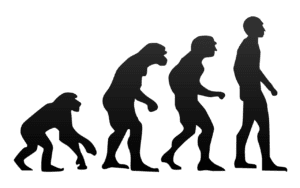




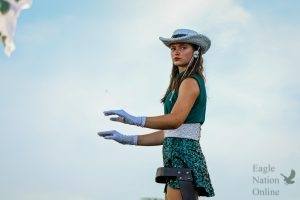


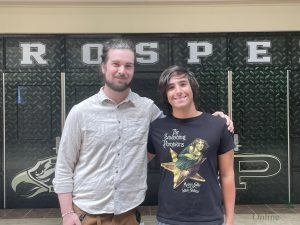
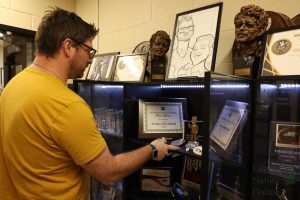


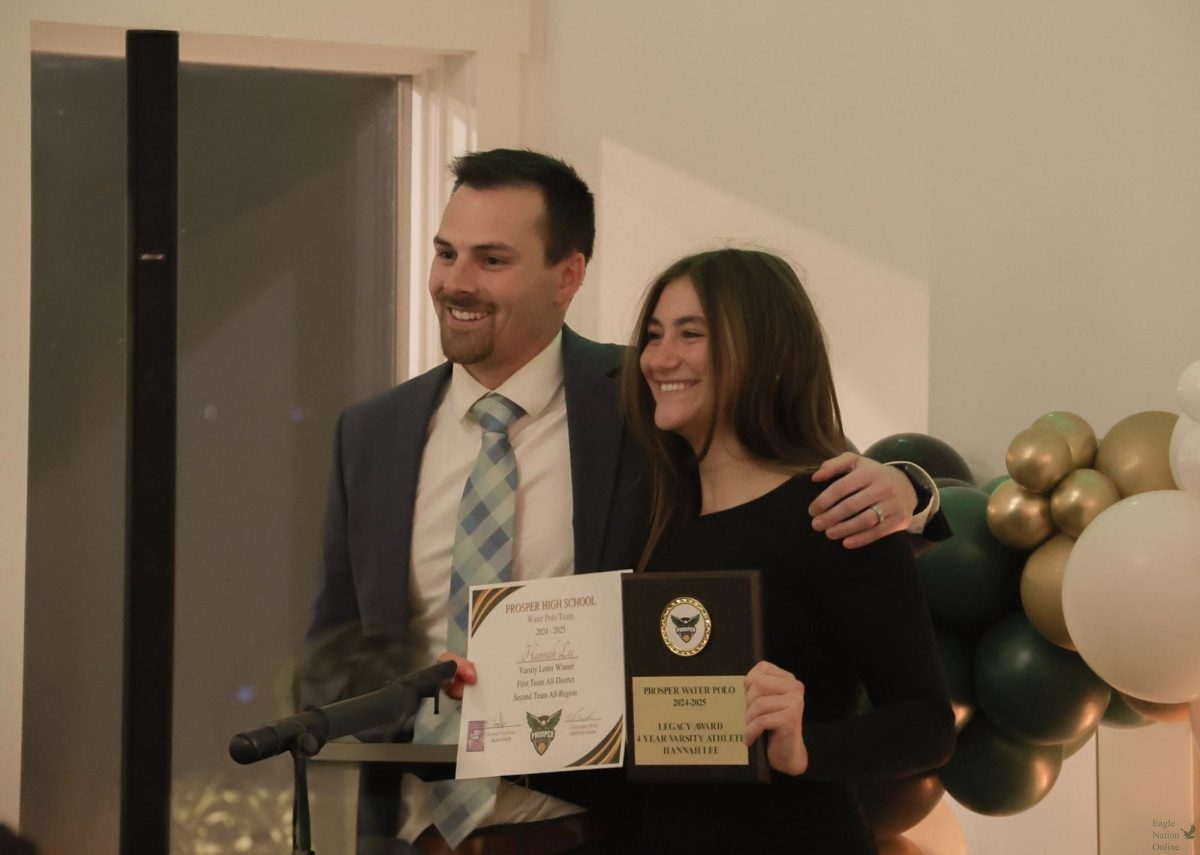



Ogocse Ignác • Dec 6, 2023 at 4:20 pm
Perfect train of thought.